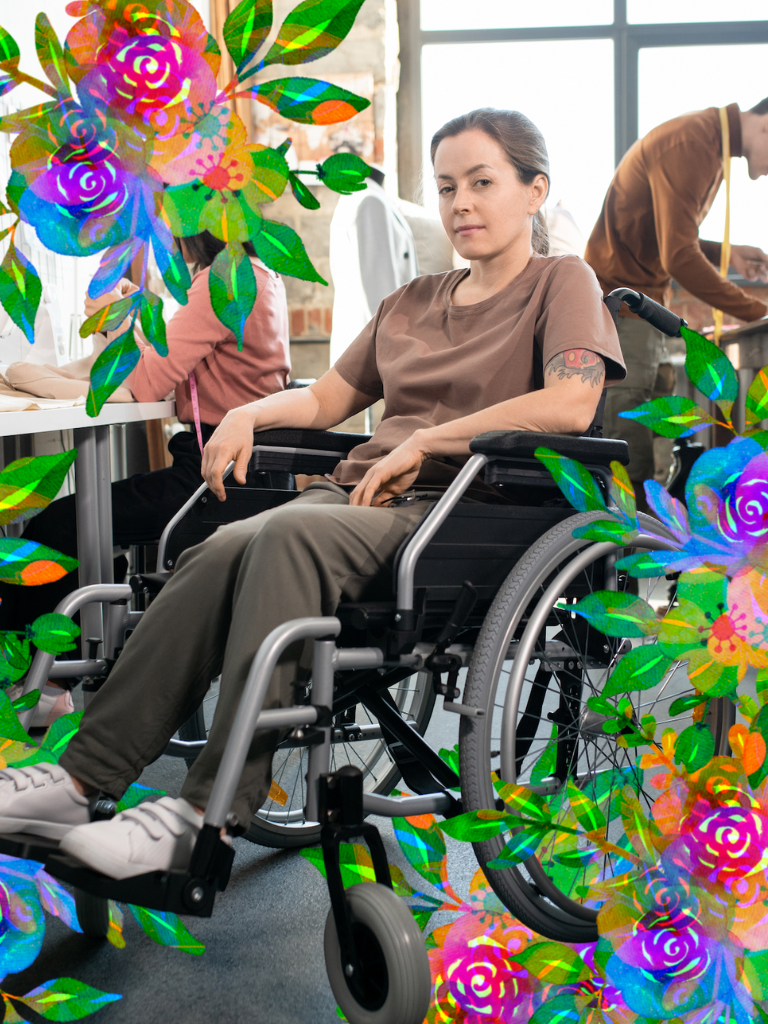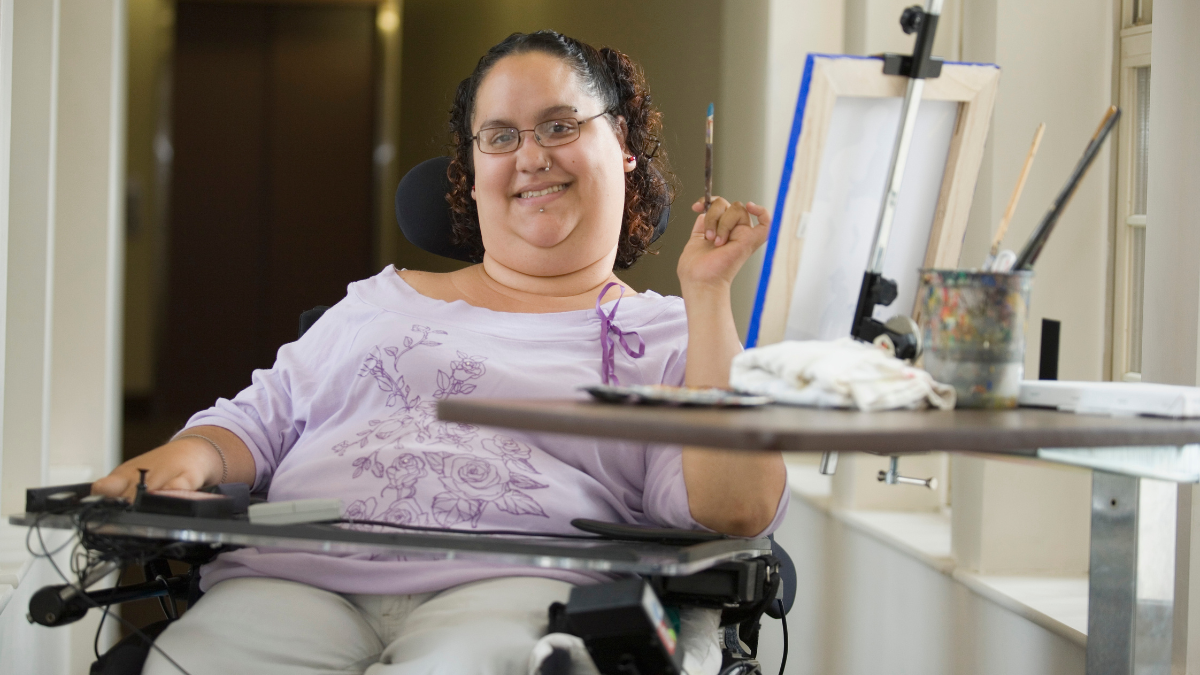It’s Time to Talk About Ableism

Written by Kaylee Morgan
Oftentimes when we get into a conversation with an individual about advocacy issues, it can go one of two ways. It can actually be a productive conversation where both parties are patient, respective, and are truly listening to one another. This is what we hope to happen each time we discuss advocacy issues, but that’s not always the case. At times, these conversations can go awry. They can get heated and rather than a discussion, they descend into a debate. I would dare to say this happens often because each party has a different definition of the topic discussed.
So today I would like to define the term Ableism, giving us a better understanding of this term, equipping each of us with the information needed to be able to positively advocate for those affected by this issue.
What is Ableism:
According to the Merriam-Webster dictionary, ableism is the discrimination or prejudice against individuals with disabilities.
Break it Down:
To understand ableism, we must understand the term disability. There are two models of disability: the medical model and the social model.
The medical model treats disability as a health condition. The medical model of disability is all about what a person cannot do and cannot be, and the priority is to “fix” or “cure” the individual. The social model views disability as a concept created by humans. The social model seeks to change society in order to accommodate people living with impairment; it does not seek to change persons with impairment to accommodate society.


Examples of Ableism:
Just like racism and sexism, ableism takes on the assumption that there is an entire group of people that are less than.
This can take on many forms, it can be the shape of phrases, behaviors, social habits, practices, regulations, laws, and/or institutions that operate under the assumption that disabled people are inherently less capable overall, less valuable in society, and/or should have less personal autonomy than is ordinarily granted to people of the same age.
Specific examples:
- asking someone what is “wrong” with them
- saying, “You do not look disabled,” as though this is a compliment
- viewing a person with a disability as inspirational for doing typical things, such as having a career
- assuming a physical disability is a product of laziness or lack of exercise
- using public facilities that are for people with disabilities, such as parking spaces or toilets
- questioning whether a person’s disability is real
On a larger scale:
- Ableist language: There are many examples of ableism in everyday language. Terms such as “dumb” and “lame” were originally used to describe disabilities, but today, people use them as synonyms for “stupid” or “bad.” People also misuse words in a way that trivializes conditions. For example, a person may say, “I am so OCD.”
- Inaccessible design: Designing buildings, public spaces, products, and technology that only caters to nondisabled people is an example of ableism. This includes websites that have no text enlargement feature, buildings that have no ramp for wheelchairs, and sidewalks with obstacles that make walking more difficult.
- Education discrimination: Schools refusing to make disability accommodations, failing to understand a disability, or trying to “teach” a child not to have their impairment are all examples of ableism in education. For example, a teacher might punish a child for their dyslexia rather than adapt how they teach.
- Employment discrimination: Employers may be biased against those with disabilities, believing they make less productive workers. They may also refuse disability accommodations to existing employees or allow workplace bullying to go unpunished.
How to Help:
Diversify your social media feed by following more activists.
Donate to the The Disability Visibility Project – an online community dedicated to creating, sharing, and amplifying disability media and culture.
Watch this BuzzFeed video to have a better understanding of things people with disabilities wish you knew.
Related Resources
Why Indigenous Peoples’ Day Matters & Ways to Honor This Day
While most kids were happy to celebrate Columbus Day because it meant a three-day weekend, I grew up in a home with a much more indignant perspective on this federal holiday. My Mexican American father had an affinity for Native American history and taught his...
What You Can Do About Social Injustice
Injustice can feel like such a massive undertaking to consider and address but, when we have the perspective that this issue is too big to deal with, we may end up not doing anything at all. There are ways to do small things that help when it comes to addressing and...
Supporting Black Business Month at Your Local Target
Everyone loves Target. Everyone knows the pure joy of stepping into Target and the challenge it is to leave with ONLY the items on your list. Well since August is Black Business Month, I thought it would be cool to walk you through how you can support Black...
